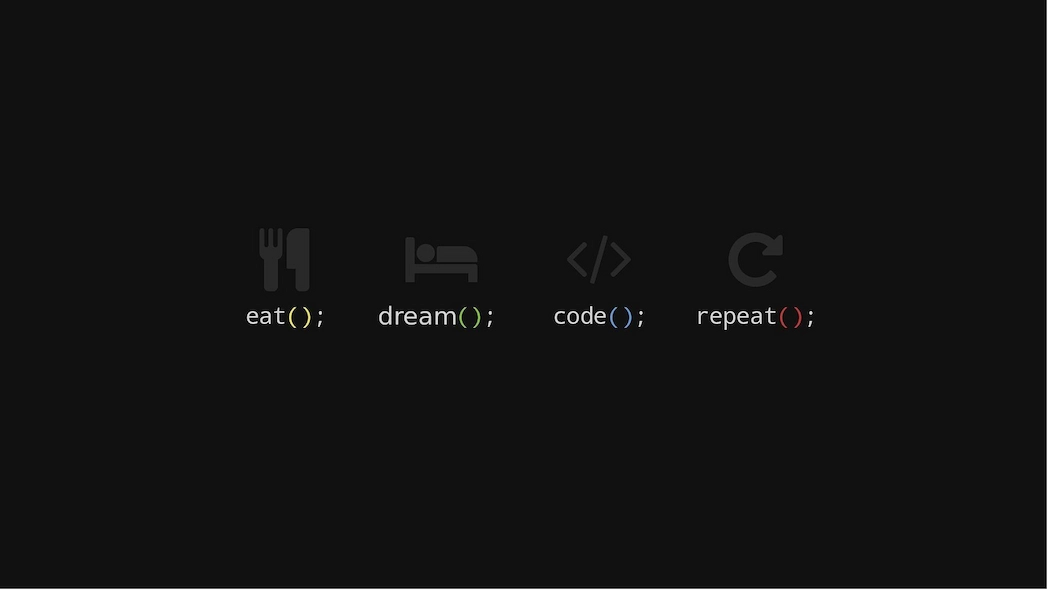


Vite is a modern build tool and development server for web applications, created by Evan You, the creator of Vue.js. It is designed to make the development and build processes faster and more efficient. The name "Vite" comes from the French word for "fast," reflecting the primary goal of the tool: a lightning-fast development environment.
The main features of Vite are:
Fast Development Server: Vite uses modern ES modules (ESM), providing an ultra-fast development server. It only loads the latest module, making the initial startup much faster than traditional bundlers.
Hot Module Replacement (HMR): HMR works extremely fast by updating only the changed modules, without needing to reload the entire application.
Modern Build System: Vite uses Rollup under the hood to bundle the final production build, enabling optimized and efficient builds.
Zero Configuration: Vite is very user-friendly and doesn’t require extensive configuration. It works immediately with the default settings, supporting many common web technologies out-of-the-box (e.g., Vue.js, React, TypeScript, CSS preprocessors, etc.).
Optimized Production: For production builds, Rollup is used, which is known for creating efficient and optimized bundles.
Vite is mainly aimed at modern web applications and is particularly popular with developers working with frameworks like Vue, React, or Svelte.
Nuxt.js is an open-source framework built on top of Vue.js, a JavaScript framework for building user interfaces. It was designed to simplify the development of server-side rendered (SSR) or static web applications using Vue.js.
Here are some of the key features of Nuxt.js:
Server-Side Rendering (SSR): Nuxt.js allows the creation of applications where content is rendered on the server before being sent to the browser. This enhances search engine optimization (SEO) and loading speed as the browser receives pre-rendered HTML pages.
Universal Applications: It enables the development of both client-side and server-side applications, allowing developers to leverage SSR benefits while providing interactive features on the client-side.
Pre-Configuration and Conventions: Nuxt.js offers a standardized directory structure and presets to speed up development. It relies on conventions, reducing the time developers spend on configuration.
Modularity: Nuxt.js supports the use of modules that can bring additional features and integrations into an application. These modules can be used for routing, HTTP requests, authentication, and more.
Development Facilitation: It provides features like Hot Module Replacement (HMR), enabling faster development by reflecting code changes instantly in the browser.
Nuxt.js is commonly used for developing single-page applications (SPAs), progressive web apps (PWAs), static websites, or even complex web applications. It combines the power of Vue.js with additional features for SSR and routing to offer a structured and efficient development environment.
Vue.js, often simply referred to as Vue, is a progressive, JavaScript-based open-source frontend framework used for building user interfaces and Single Page Applications (SPAs). It was developed by Evan You and first released in 2014. Vue.js is similar to Angular and React, but it stands out for its simple syntax, flexibility, and small size.
The key features of Vue.js include:
Component-based architecture: Vue.js allows creating reusable components, each with its own logic and presentation. These components can be composed in hierarchies to build complex user interfaces.
Declarative rendering: Vue.js uses a declarative syntax to define the UI based on the state (data). This makes UI development and maintenance easier.
Directives: Vue.js provides a variety of directives that extend HTML and can control interactions between users and the UI. Examples include v-if, v-for, v-bind, and v-on.
Reactivity: Vue.js implements reactive data binding, enabling changes in the data model to automatically update the UI representation.
Transitions and animations: Vue.js offers built-in support for adding transitions and animations to UI elements.
Routing: Vue.js supports routing to enable navigation between different views in an SPA.
Vue.js can be used either as a standalone library or integrated into larger projects. It has a growing developer community and is used in real projects by many companies. Vue.js is easy to learn and suitable for both small prototypes and large, complex applications. Due to its flexibility and performance, Vue.js is considered one of the leading frontend frameworks.